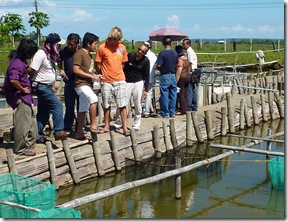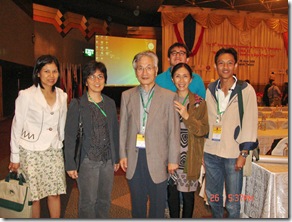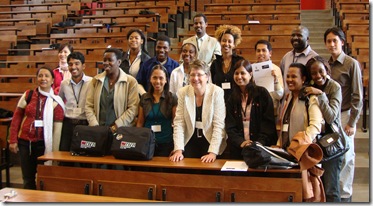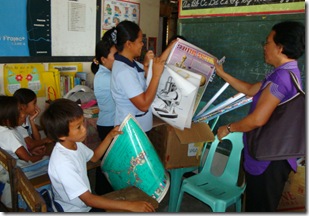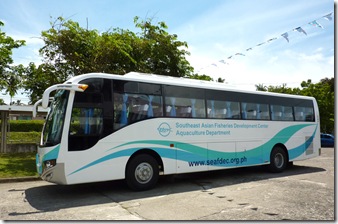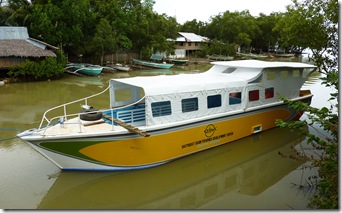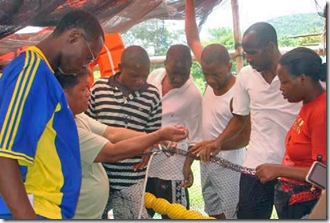 A two-phase training course on freshwater aquaculture was conducted by AQD's Binangonan Freshwater Station (BFS) for ten staff members of the Rwanda Workforce Development Authority (RWDA) from May 7 to June 19, 2009.
A two-phase training course on freshwater aquaculture was conducted by AQD's Binangonan Freshwater Station (BFS) for ten staff members of the Rwanda Workforce Development Authority (RWDA) from May 7 to June 19, 2009.
The training course was commissioned by the Singapore-based Acrux Stella Education Group Pte. Ltd. (ASEG) which handles projects in Rwanda.
While the training covered four commercially important tropical species, emphasis during field/farm visits was given to tilapia and catfish which are common to both Asia and Africa.
The first phase of the training course was a three-week skills training in Freshwater fish breeding and farming, while the second phase was Industry immersion training involving three weeks of internship training on freshwater fish hatchery and lake-based pen/cage farming operations.
Phase 1 of the training consisted mainly of lecture and practical sessions on basic and advanced technologies in broodstock development, hatchery and grow-out, and management of freshwater fish/crustacean species.
Apart from the sessions held in BFS, the participants were also taken on field trips to visit tilapia science center facilities in Muñoz, Nueva Ecija, Taal Lake for tilapia cage culture, and catfish ponds in Bulacan.
Phase 2 was conducted at several farm sites owned by Concord Aquaculture of the Frabelle Fishing Corporation where the trainees learned milkfish cage/pen operations, carp hatchery operations, fish transport, and fish processing.
As requested by ASEG Director Mr. Bruno Lee, the training course aimed to raise the overall knowledge of the RWDA staff in freshwater aquaculture in order to increase the productivity of fish farming in freshwater lakes in Rwanda.
